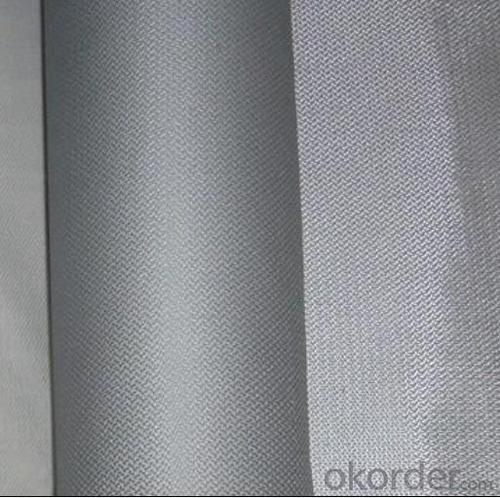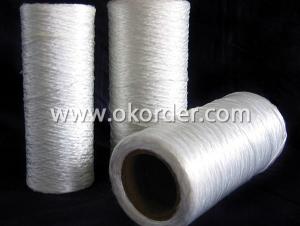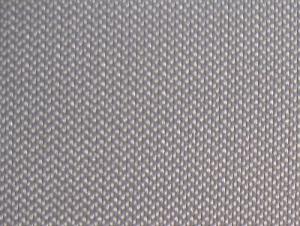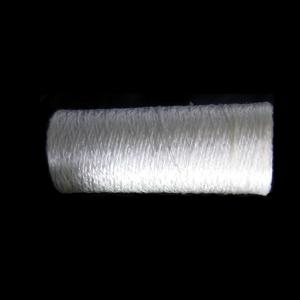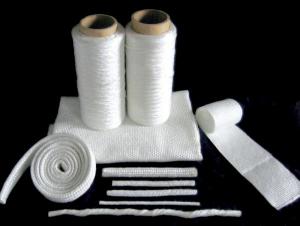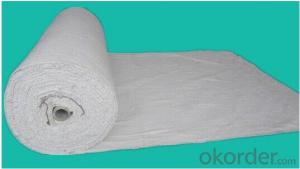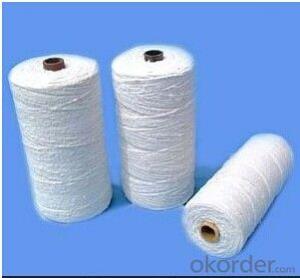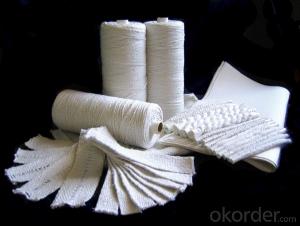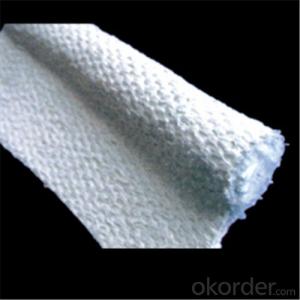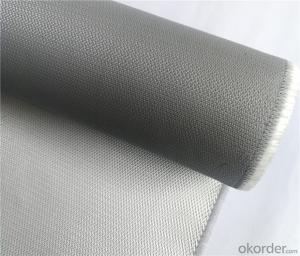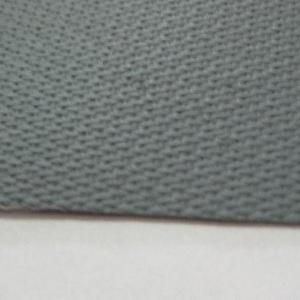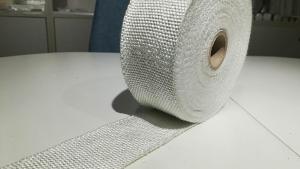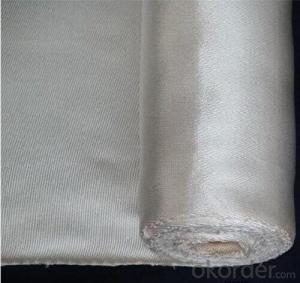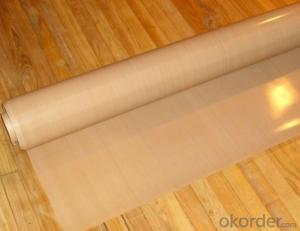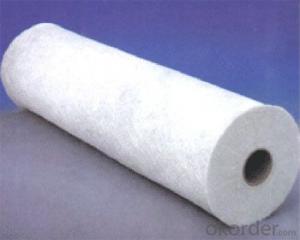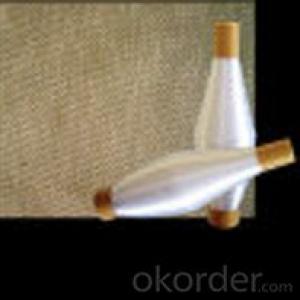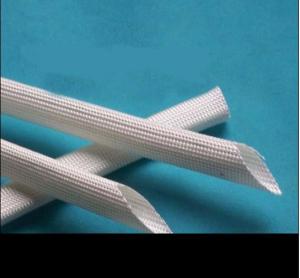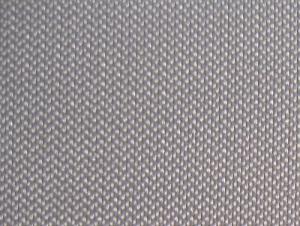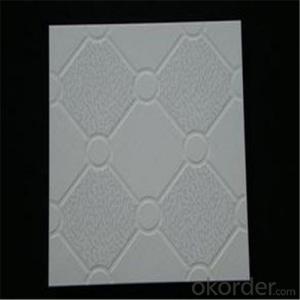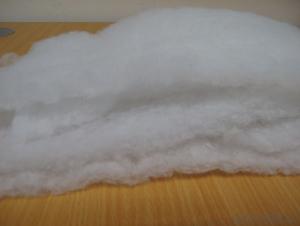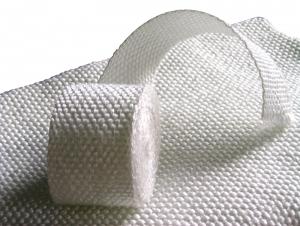Glass Fiber Textiles - PU Coated Fiberglass Fabric
- Loading Port:
- China Main Port
- Payment Terms:
- TT or L/C
- Min Order Qty:
- 10 Tons kg
- Supply Capability:
- 2*20FCL Per Month kg/month
OKorder Service Pledge
OKorder Financial Service
You Might Also Like
General Information of PU Coated Fiberglass Fabric
PU Coated Fiberglass Fabric is a fiberglass cloth coated with Polyurethane, and composite materials with multiple functions, the design of PU coated fiberglass fabric can adapt to different places.
It features good rebound resilience, toughness, softness, bright in color, superior resistance to wear, cold, oil, water, aging and weather. It also has the function of an antibacterium, and can also be used for mould proofing, heat-insulation and anti-ultraviolet.
Can be used for waterproofing in roof, underground projects, bridges, drainage channels, reservoir and disposal of sewage and etc, also applied to motor, chemical plant, equipment of power plant and so on.
Basic Info of PU Coated Fiberglass Fabric
Model NO.:CMAX-FF004
Type:Fiberglass Mesh
Function:Fireproof
Export Markets:Global
Additional Info of PU Coated Fiberglass Fabric
Trademark:CMAX
Packing:Plastic Bag+Carton+Pallet
Standard:ISO9001-2000
Origin:Jiang Su
HS Code:70193900
Production Capacity:2000000m2 Per Month
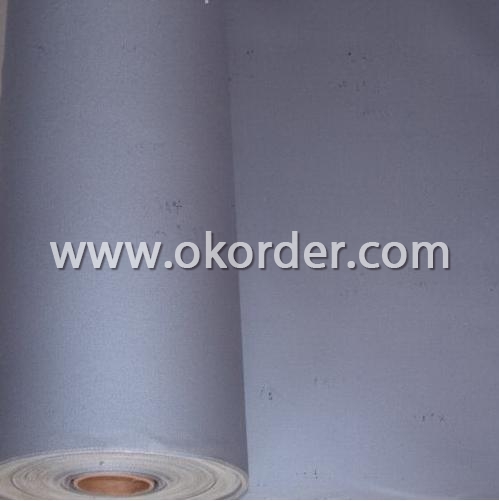
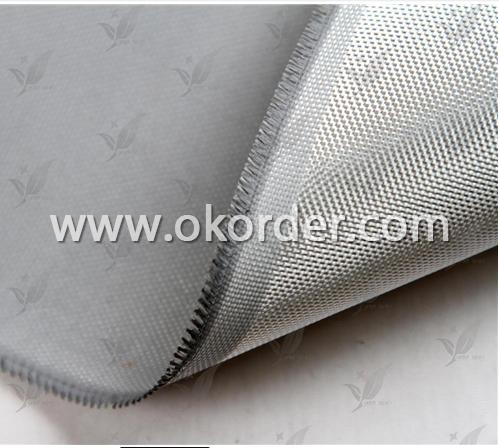
- Q: Can glass fiber textiles be used in reinforcement of bamboo fibers?
- Glass fiber textiles have the potential to reinforce bamboo fibers. When glass fiber textiles and bamboo fibers are combined, a composite material with enhanced mechanical properties can be achieved. Glass fibers are known for their strength and stiffness, whereas bamboo fibers are lightweight and flexible. By reinforcing bamboo fibers with glass fiber textiles, the resulting material can exhibit improved tensile strength, flexural strength, and impact resistance. This combination is particularly beneficial in applications requiring both strength and flexibility, such as the construction industry for structural elements like beams and columns. Moreover, the use of glass fiber textiles can enhance dimensional stability and moisture resistance, further improving the overall performance of the composite material.
- Q: Can glass fiber textiles be used for reinforcement in metals?
- Yes, glass fiber textiles can be used for reinforcement in metals. Glass fibers are strong, lightweight, and have good tensile strength, making them an ideal material for reinforcing metals. When embedded in a metal matrix, glass fibers can enhance the mechanical properties of the metal, such as increasing its strength, stiffness, and resistance to deformation. This reinforcement technique, known as fiber reinforcement, is commonly used in industries like automotive, aerospace, and construction, where high-performance materials are required. The combination of glass fibers and metals can create composite materials that offer improved performance and durability compared to metals alone.
- Q: How does glass fiber textile perform in terms of water repellency?
- Glass fiber textile is not inherently water repellent. However, it can be treated with water repellent coatings or finishes to enhance its water resistance properties. These coatings create a hydrophobic barrier on the surface of the glass fibers, causing water to bead up and roll off instead of being absorbed. The level of water repellency achieved depends on the quality and type of coating used. With proper treatment, glass fiber textile can provide good water repellency, making it suitable for applications where protection against water intrusion is desired.
- Q: What kinds of fiberglass mesh do you have?
- Glass fiber self-adhesive tapes are made from high quality glass fiber fabric coated with acrylic copolymer, which is stable and difficult to oxygen because of its chemical propertiesSo, we developed production offiberglass self-adhesive caulking is not only superior to other similar products have the following characteristics There is nothing comparable to this:- excellent alkali resistanceHigh - strength tensile strength and deformation resistance- excellent self adhesiveYour good effortsThere is simple and convenient, easy for construction
- Q: What is the cost of glass fiber textile?
- The cost of glass fiber textiles can vary depending on various factors such as the type of glass fiber used, the weight or density of the fabric, the manufacturing process, and the supplier or brand. Generally, glass fiber textiles are available in a range of prices to suit different budgets and requirements. It is best to contact suppliers or manufacturers directly to get specific pricing information based on your needs.
- Q: Can glass fiber textile be used in thermal insulation?
- Yes, glass fiber textile can be used in thermal insulation. Glass fibers have excellent thermal properties and are commonly used in the production of insulation materials, such as blankets, boards, and foams. The fibers trap air and create a barrier that helps to reduce heat transfer, making them effective in preventing heat loss or gain in buildings and other applications requiring thermal insulation.
- Q: Are glass fiber textiles resistant to UV radiation?
- Yes, glass fiber textiles are generally resistant to UV radiation. Glass fibers are made from inorganic materials and do not degrade or deteriorate when exposed to sunlight. They have excellent UV resistance properties, which make them suitable for outdoor applications. Glass fiber textiles are commonly used in industries such as aerospace, automotive, construction, and marine, where they are exposed to the sun's UV rays for extended periods of time. Additionally, glass fiber textiles are also resistant to other environmental factors such as moisture, chemicals, and high temperatures, making them a durable and reliable choice for various purposes.
- Q: How do glass fiber textiles resist insects?
- Due to their composition and physical characteristics, glass fiber textiles have the ability to resist insects. The fibers themselves are created by melting glass and spinning it into thin strands, which are then either woven or knitted together to form a fabric. In contrast to organic materials like cotton or wool, insects are unable to chew or damage glass fibers. This is because glass fibers lack the organic nature that provides a food source for insects. Consequently, glass fiber textiles do not attract insects due to their lack of nutritional value. Additionally, the smooth and slippery surface of glass fibers poses a challenge for insects trying to cling onto or navigate through the fabric. Moreover, the tightly woven structure of glass fiber textiles acts as a barrier, preventing insects from penetrating or burrowing into the material. Moreover, manufacturers often treat glass fiber textiles with chemical insecticides or repellents. These treatments further enhance the fabric's resistance to insects by repelling or killing them upon contact. Overall, glass fiber textiles offer a durable and insect-resistant choice for various applications such as window screens, outdoor furniture, and protective clothing. They possess a combination of non-nutritious composition, smooth surface, tight weave, and sometimes chemical treatments that effectively deter insects and prevent their presence.
- Q: Can glass fiber textiles be used in reinforcement of coir fibers?
- Yes, glass fiber textiles can be used as a reinforcement material for coir fibers. The combination of glass fiber textiles and coir fibers can enhance the overall strength and durability of the composite material.
- Q: Are glass fiber textiles recyclable?
- Yes, glass fiber textiles are recyclable. They can be broken down and used to make new products, reducing waste and promoting sustainability.
Send your message to us
Glass Fiber Textiles - PU Coated Fiberglass Fabric
- Loading Port:
- China Main Port
- Payment Terms:
- TT or L/C
- Min Order Qty:
- 10 Tons kg
- Supply Capability:
- 2*20FCL Per Month kg/month
OKorder Service Pledge
OKorder Financial Service
Similar products
Hot products
Hot Searches
Related keywords



